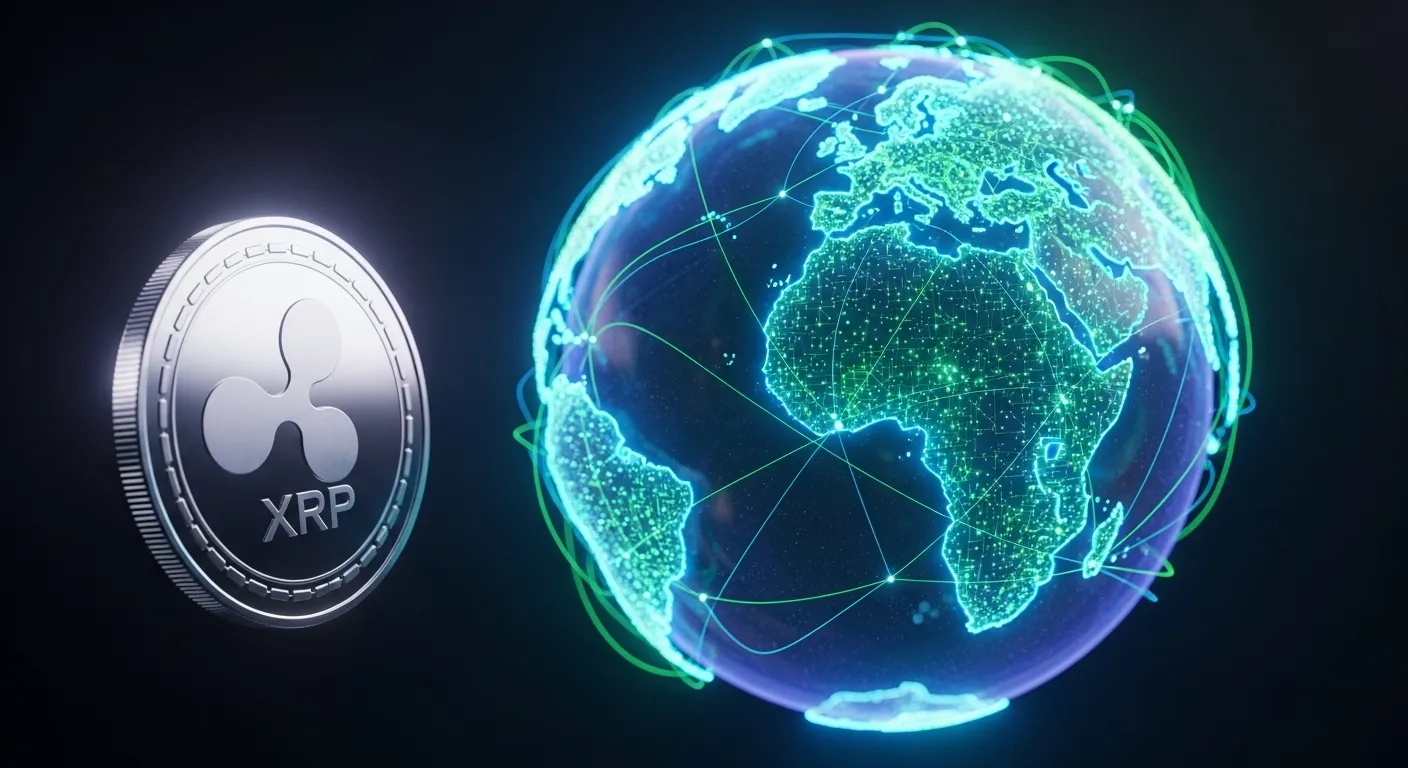Whether we like it or not, the world's money is going digital. The era of Central Bank Digital Currencies (CBDCs) is slowly but surely dawning. The dollar, the euro, the yen they are all destined to become programmable, government-issued currencies on a blockchain. But this creates a monumental new problem: how will these dozens of new, sovereign digital currencies talk to each other? How will a digital euro be exchanged for a digital yen instantly and cheaply?
This is the multitrillion-dollar question, and it's where Ripple has quietly positioned itself for years. While much of the crypto world was focused on replacing fiat, Ripple has been focused on *connecting* it. Their argument is that the world won't run on a single global currency; it will be a multi-polar world of powerful CBDCs. And for this world to function, it will need a neutral, incredibly efficient bridge asset and settlement layer to sit in the middle.
Think of each new CBDC as its own powerful, but incompatible, electrical grid. The XRP Ledger is designed to be the universal converter station. When a bank wants to send a million digital euros to Japan, the system can, in theory, convert those euros to XRP, send the XRP across the ledger in three seconds, and convert it back into digital yen on the other side. The XRP itself is just the transient, neutral medium of exchange the spark that jumps the gap between the two grids. This is the technology that countries like Bhutan and Palau have been piloting. They're not 'adopting crypto'; they're testing a new, more efficient plumbing for the future of international finance.
Of course, this vision has been significantly complicated by Ripple's long and arduous legal battle with the SEC in the United States. This regulatory uncertainty has been a major headwind. But it's important to separate the legal classification of the XRP asset from the functionality of the underlying technology. The engineering is sound, and it is being tested by serious institutions, regardless of the regulatory noise.
So, when I want to understand Ripple's progress in this arena, I don't look at the daily price chart. I look for blueprints and pilot programs. I read the whitepapers and announcements from central banks and organizations like the Bank for International Settlements. When Ripple is mentioned as a technical partner, as they have been in various projects, it's a signal. It means their technology is being seriously considered for the architecture of tomorrow's financial system.
The next chapter of finance will be written by those who solve the problem of interoperability between sovereign digital currencies. Ripple's long and often controversial bet has been that a neutral, purpose-built settlement asset is the most elegant solution. It’s a pragmatic, rather than a purely ideological, vision for the future of money. And as the world's financial grids go digital, the need for a universal converter station will only become more critical.

